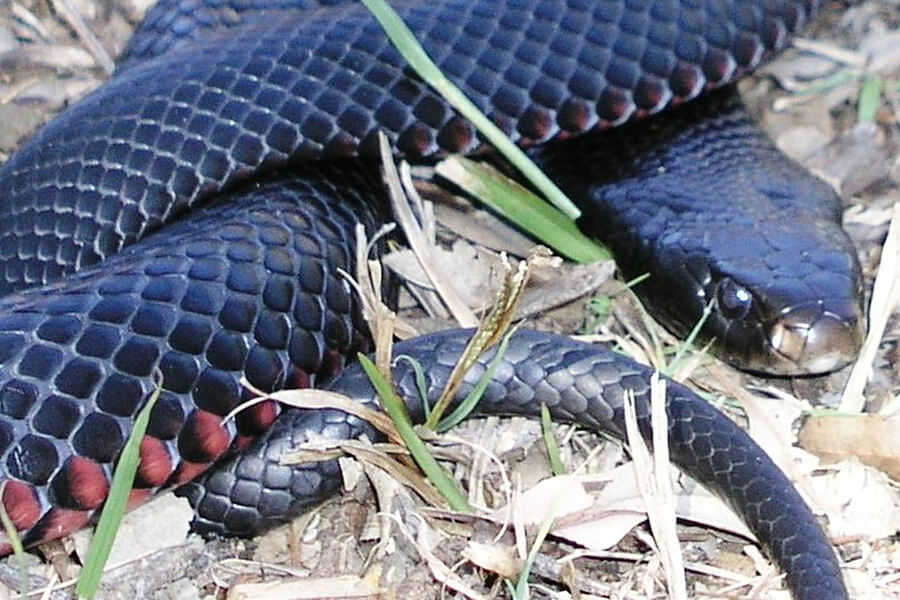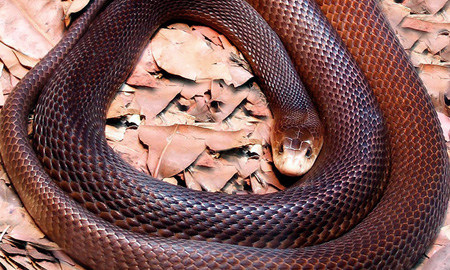Introduction
Tiger snakes, understood for their striking patterns and potent venom, populate various snake bite symptoms regions across Australia, specifically in coastal areas. Although they may appear captivating, their bite can be deadly if not treated promptly. Comprehending just how to administer first aid complying with a tiger snake bite is important knowledge for anybody living or exploring locations where these snakes are found.
In this extensive overview, we will look into the specifics of treating a tiger snake bite. We will cover every little thing from determining the serpent to comprehending its environment, acknowledging signs and symptoms of envenomation, and carrying out effective first aid measures. Our objective is to furnish you with the required skills to act emphatically and properly in case of a serpent bite.

What is a Tiger Snake?
Overview of Tiger Snakes
Tiger serpents (Notechis spp.) are very poisonous snakes belonging to Australia and surrounding islands. These snakes are identified by their distinctive banded pattern that appears like that of a tiger-- thus the name. They commonly grow in between Click here for info 1 to 2 meters long, with some people reaching up to 3 meters.
Tiger Serpent Habitat
Tiger snakes favor wet environments such as wetlands, swamps, and coastal regions. They are frequently discovered near water sources which supply them with enough food supply like frogs, fish, and small mammals. Comprehending their habitat can be critical for individuals living near these areas to reduce encounters.
Are Tiger Snakes Venomous?
Yes! Tiger serpents are amongst one of the most venomous snakes in Australia. Their venom has powerful neurotoxins that can cause paralysis and coagulopathy (disturbance of blood clotting). It is necessary to understand that not all tiger snakes deliver venom when they bite; nevertheless, one must treat any kind of serpent bite as Supportive Care potentially dangerous.

Recognizing a Tiger Snake Bite
Identifying Signs and symptoms of a Tiger Serpent Bite
A tiger snake's bite might present numerous prompt signs and symptoms:
- Local Pain: Intense discomfort at the website of the bite Swelling: Rapid swelling around the bitten area Discoloration: Discoloration or discoloration may occur Systemic Symptoms: Nausea or vomiting, vomiting, problem breathing, or indicators of shock
What Does a Serpent Bite Look Like?
The appearance of a tiger snake bite can differ relying on individual responses and seriousness:
- Two puncture injuries can commonly be observed. Surrounding redness or swelling generally creates rapidly. In extreme cases, systemic signs may emerge within minutes.
First Help for Serpent Bites
Immediate Actions Adhering to a Tiger Snake Bite
If you locate yourself or someone else bitten by a tiger snake:
Stay Calm: Keeping calm minimizes anxiousness and reduces heart rate.
Keep the Target Still: Encourage limited activity; this aids slow down venom spread via the body.
Remove Tight Clothing: Loosen any constrictive garments or accessories near the bite site.
Immobilize Influenced Limb: Use splints or plasters to maintain the damaged area still.
Keep Sufferer Lying Down: Preferably, position them flat with the affected arm or leg listed below heart level.
Call Emergency situation Services Immediately
It's critical to seek clinical help right away by calling emergency situation services (like 000 in Australia). Provide clear info regarding your area and conditions bordering the incident.
Building Your Serpent Bite Emergency Treatment Kit
A well-appointed first aid package is vital for dealing with emergency situations like snake bites. Right here's what it must consist of:

|Product|Summary|| ------|-------------|| Compression Plaster|For immobilization|| Splint|To stabilize damaged arm or legs|| Antihistamine|If allergy occurs|| Discomfort Relief Medication|Such as paracetamol|| Emergency Contact Numbers|Pre-written listing|
Ensure your set is quickly accessible during exterior activities in habitats recognized for tiger snakes.
First Aid Strategies for Snake Bites
Compression Bandaging Technique
Using compression plasters successfully can reduce venom spread:
Start wrapping from below the bite site relocating upward. Apply firm but not excessively tight pressure. Ensure blood circulation isn't hindered (check fingers/toes for shade adjustment).Avoiding Usual Mistakes
There are numerous typical mistakes people make when dealing with serpent attacks:
- Do NOT use ice straight; this may aggravate cells damage. Avoid reducing right into the wound or trying suction. Do NOT use tourniquets; these can create even more harm than good.
Treatment Post-Snake Bite
Understanding Antivenom Therapy
Once at a clinical center:
Healthcare carriers will certainly evaluate symptoms. If needed, antivenom details to Australian tiger snake venom will be administered. Monitoring vital indications for complications is typical practice after treatment.Recovery Period After Treatment
Post-treatment healing includes rest and monitoring for any delayed complications such as allergies or infection at the bite site.
Preventative Actions Versus Tiger Snakes
Safety Tips When Exploring Tiger Serpent Habitats
To decrease threat while taking pleasure in nature:
Wear tough boots and lengthy trousers while hiking. Stay on marked routes far from thick vegetation. Be mindful around water resources where these serpents frequent.Educating Others Concerning Serpent Safety
Sharing understanding regarding security preventative measures can assist others stay clear of hazardous encounters with tiger serpents:
- Organize local workshops on determining hazardous wildlife. Provide resources on emergency treatment strategies associated with snake bites.
FAQs
What needs to I do if I see a tiger snake?
If you run into a tiger serpent in the wild:
- Maintain range and do not prompt it. Slowly retreat from its course while watching on it till it's out of sight.
How rapidly does venom impact somebody after being bitten?
Symptoms can begin within mins after being attacked; nevertheless, it may take longer relying on factors like dimension of specific bitten and amount of venom injected.
Is it safe to draw out the venom?
No! Trying to suck out poison boosts infection risk without providing any type of benefit; it's much better to focus on proper immobilization strategy instead.
Can I drive myself if attacked by a tiger snake?
No! Driving yourself can delay therapy; always look for aid from others or call emergency situation solutions right away after being bitten.
What happens if I do not receive treatment?
Without prompt clinical attention following a tiger serpent bite:
- Serious complications could develop including paralysis and even fatality because of respiratory system failing resulting from neurotoxic effects of envenomation.
How do I know if my animal has been bitten by a snake?
Signs include abrupt sleepiness, swelling at site of injury or trouble breathing; call your vet quickly if you believe your animal has been bitten!
Conclusion
Treating a tiger snake bite requires fast activity incorporated with accurate knowledge concerning first aid techniques certain to envenomations from these harmful animals. By staying tranquil and applying efficient first aid strategies detailed above-- alongside looking for professional clinical aid-- you substantially improve end results adhering to such lethal incidents in nature's unrelenting wilderness!
Knowing how best to react is vital-- so furnish yourself with understanding relating to both avoidance methods along with thorough treatment methods connected straight towards reducing dangers related to Australia's breathtaking yet treacherous fauna landscape!
Remember-- expertise saves lives!